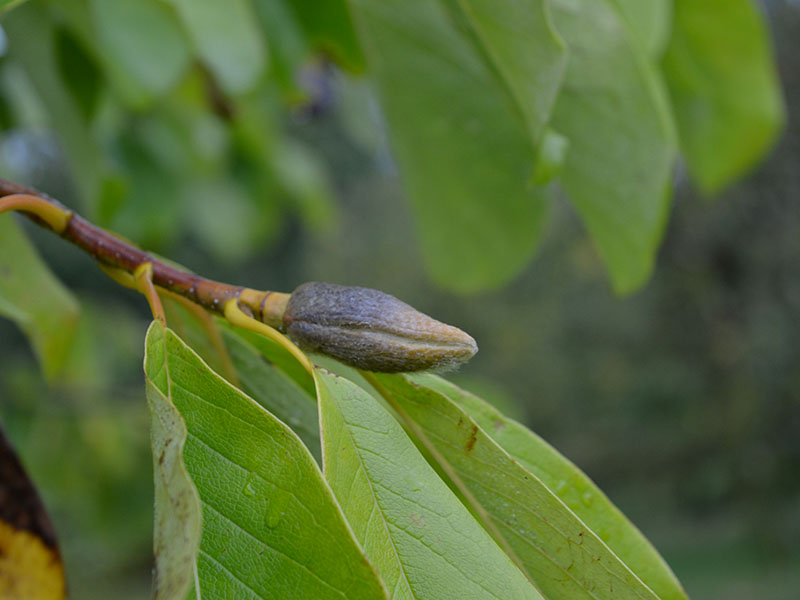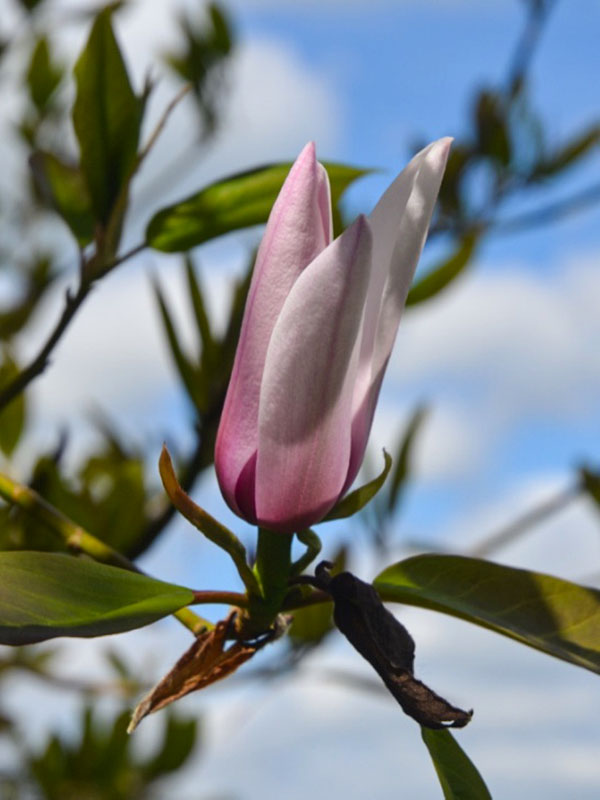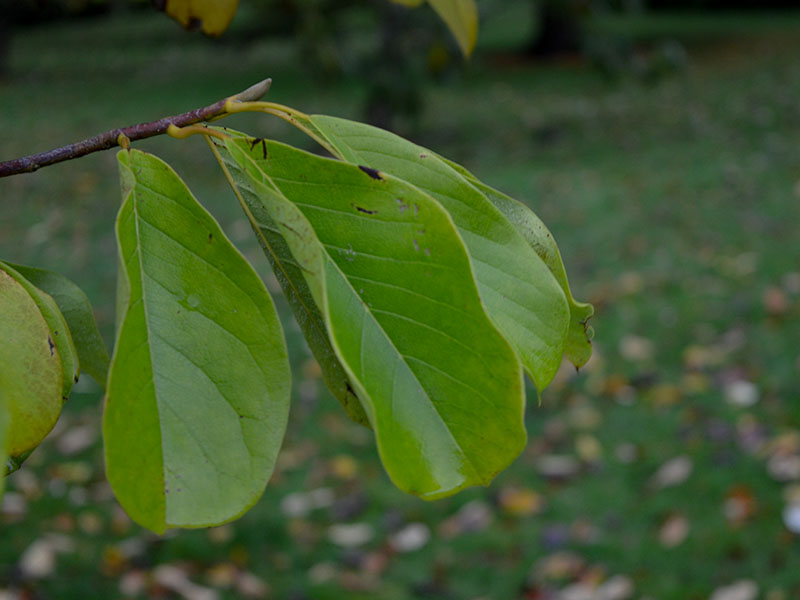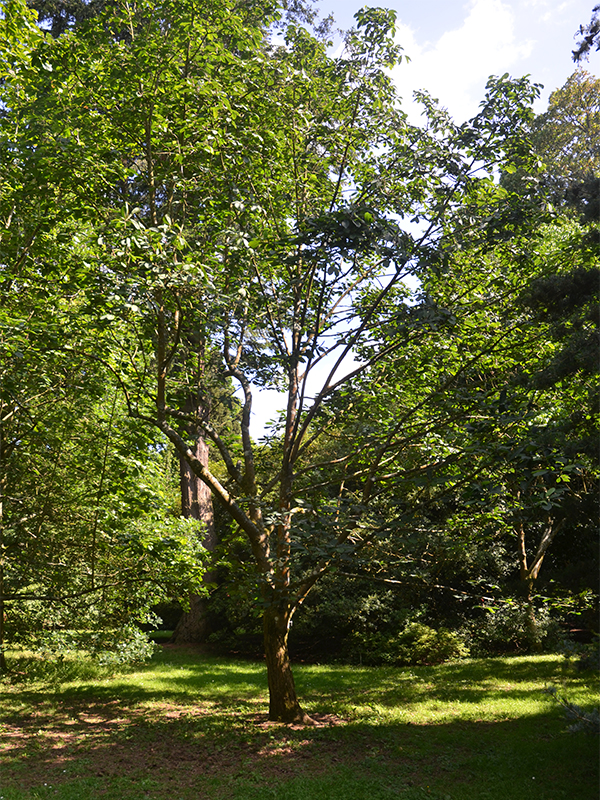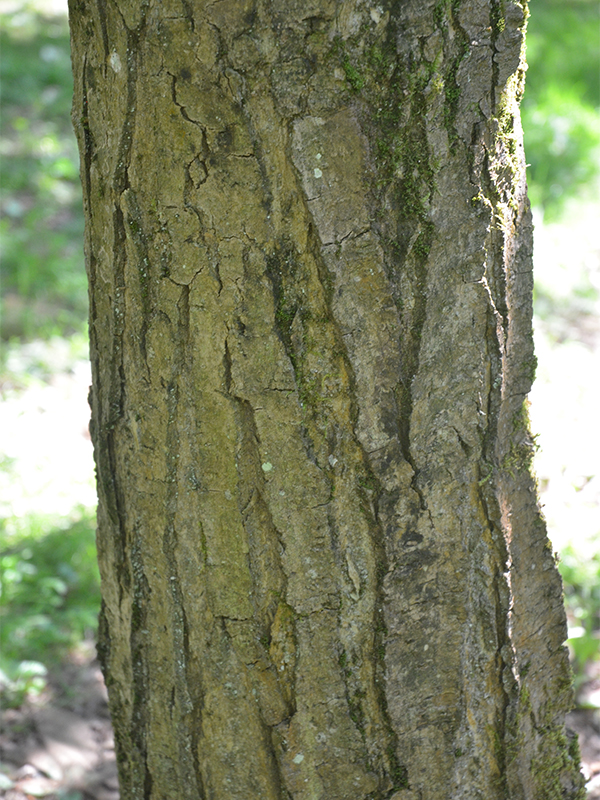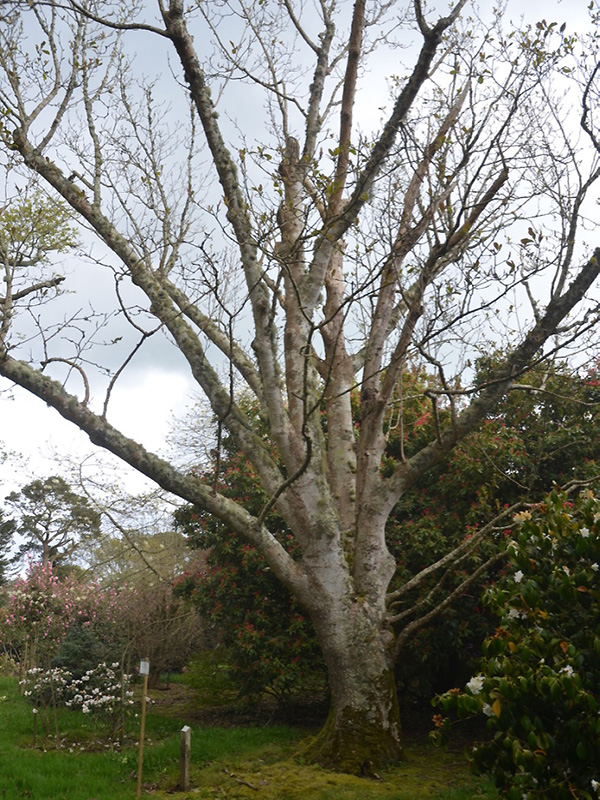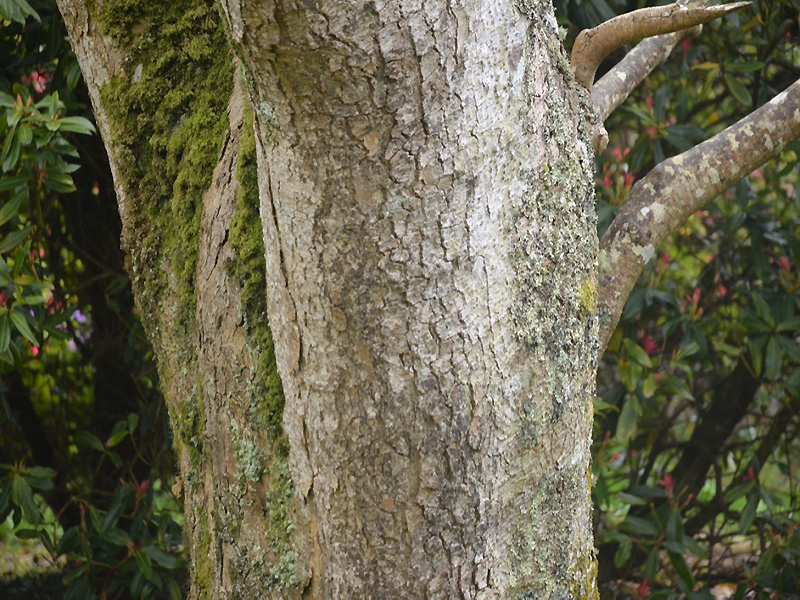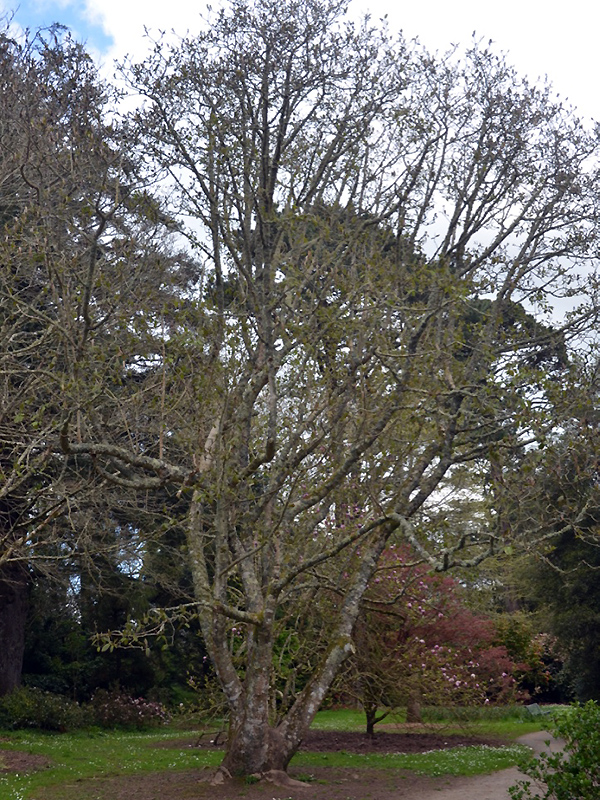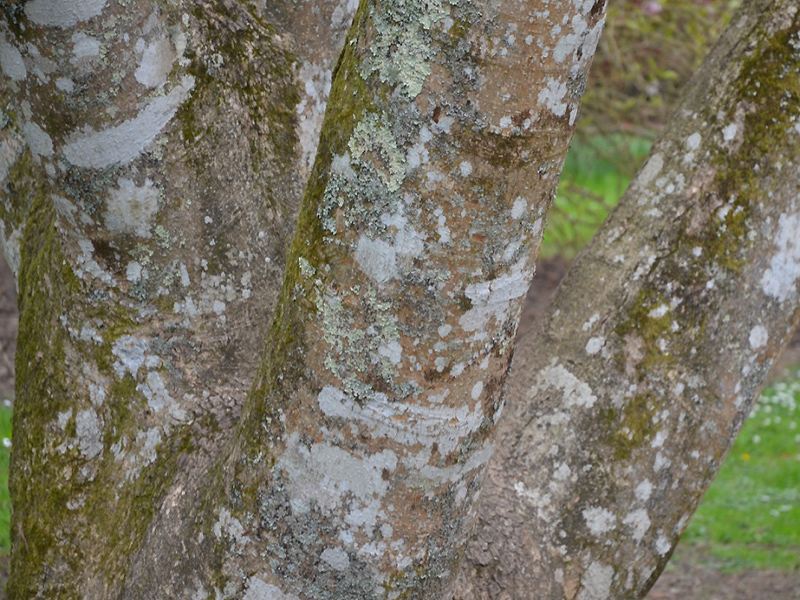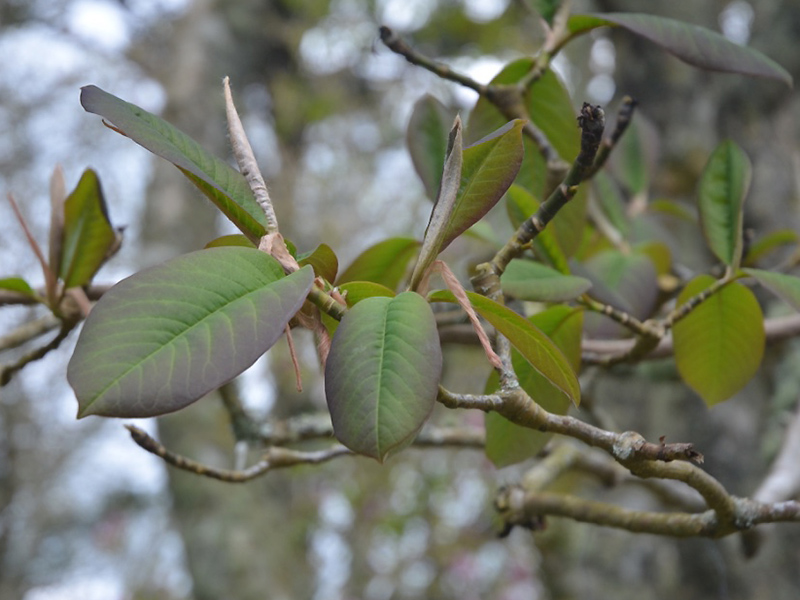
Woody > Magnolia > Magnolia dawsoniana > Magnolia dawsoniana
Magnolia dawsoniana
Dawson's Magnolia
Origin: Sichuan and Yunnan, China. Introduced by E. H. Wilson from China in 1910. It is named after Jackson T. Dawson, former superintendent of the Arnold Arboretum, Massachusetts, United States of America, in recognition of his skills in propagating many of the introductions from plant explorers of the time.
| Family |
| Magnoliaceae |
| Genus |
| Magnolia |
| Species |
| dawsoniana |
| Category |
| Woody |
| Type |
| Tree (deciduous) |
| USDA Hardiness Zone |
| 9 |
| Canadian Hardiness Zone |
| 8a |
| RHS Hardiness Zone |
| H3 - H4 |
| Temperature (°C) |
| 20 - 30 |
| Temperature (°F) |
| -7 - (-1) |
| Height |
| 10 - 15 m |
| Spread |
| 5 - 10 m |
Photographs
Description and Growing Information
Flowering Period
| General Description |
| This species has been placed on the IUCN Red List as endangered. |
| Landscape |
| Great for small spaces and is easy to maintain. Beautiful accent plant or single specimen for maximum display purposes. Many different cultivars to choose from to suit your needs |
| Cultivation |
| Magnolias require fertile well-drained soil. Flowers are damaged by frost and or wind so plant under shelter in full/partial sun. Prune out dead limbs and shape in late summer. Mulch annually. |
| Shape |
| Wide and pyramidal. |
| Growth |
| Medium |
| Pests |
| Rabbits will chew on the bark. |
| Habitat |
| Found at elevations of 2000-2300 m. |
| Bark/Stem Description |
| Fissured bark. |
| Leaf Description |
| Oval, thick and shiny dark green leaves with net like veining on both sides, 15 x 7 cm. |
| Flower Description |
| Fragrant white flowers with a rosy red hue. |
| Notable Specimens |
| Trewidden Gardens, Cornwall, England. Westonbirt, The National Arboretum, Tetbury, Gloucestershire, England. National Trust Trelissick Garden, Feock, near Truro, Cornwall, United Kingdom. Caerhays Castle, Gorran, Cornwall, United Kingdom. Wakehurst Place, Ardingly, Haywards Heath, Sussex, England. |
| Propagation |
| Use fresh seed when germinating. Seeds need a period of cool stratification and proper handling. If propagating from cuttings, collect after flower buds have formed in mid-spring. Grafted plants increase at the fastest rate. |
